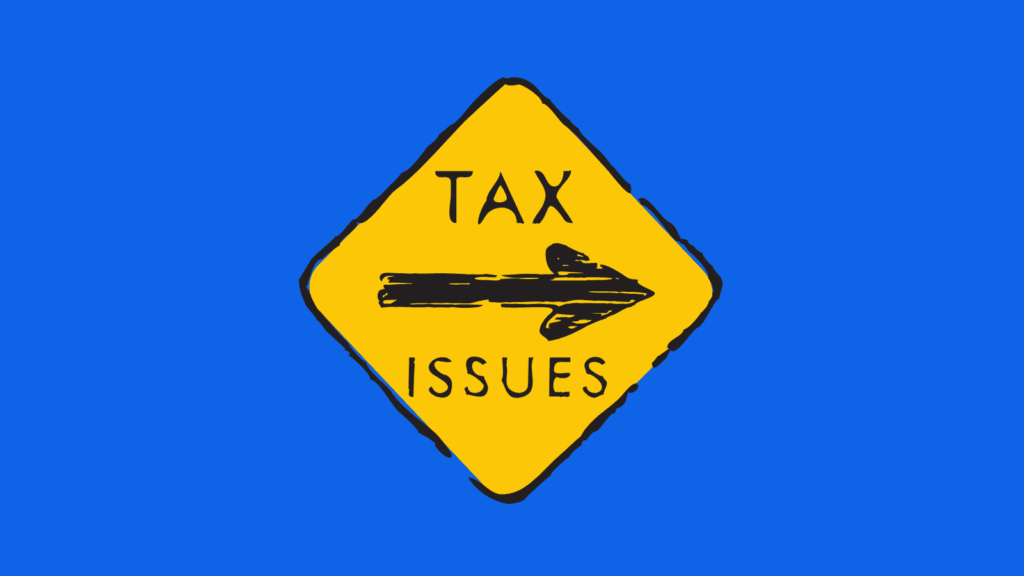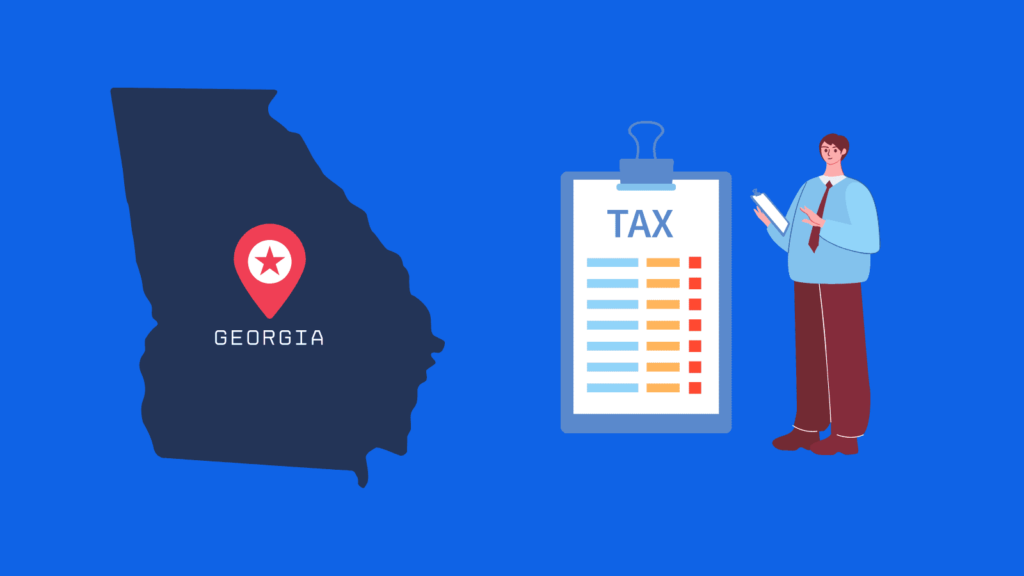5 Reasons Why Bookkeeping is an Important First Step in Settling Your Tax Debt
December 17, 2022

peakreliance
Accounting, Bookkeeping, Taxes
Bookkeeping is an essential aspect of managing your finances and ensuring that you are in compliance with tax laws and regulations. It involves accurately tracking and recording your income, expenses, and other financial transactions, which helps you get a clear understanding of your financial situation. In this article, we will discuss five reasons why bookkeeping is an important first step in settling your tax debt.
- Determining your tax liability: One of the main reasons why bookkeeping is important in settling your tax debt is that it allows you to determine how much you owe in taxes. By accurately tracking and recording your income and expenses, you can determine your tax liability and create a plan to pay off the debt.
Accurate tax liability determination requires keeping track of your income and expenses throughout the year. This can be done through proper bookkeeping, which involves accurately tracking and recording your financial transactions. By keeping accurate financial records, you can ensure that you are reporting all of your income and claiming all of the deductions and credits you are entitled to.
Once you have accurately determined your tax liability, you can create a plan to pay off the debt. This may involve negotiating a payment plan or settlement with the Internal Revenue Service (IRS) or state tax agency. If you are unable to pay the debt in full, you may be able to negotiate a payment plan or settlement to pay off the debt over time. Having accurate financial records can help you provide the necessary information to negotiate a favorable payment plan or settlement.
In addition to helping you pay off your tax debt, accurately determining your tax liability can also help you avoid any potential penalties or fines. The IRS and state tax agencies may audit your tax return or request documentation to verify the information you have reported. Having accurate and complete financial records can help you provide the necessary documentation and avoid any potential penalties or fines.
Overall, determining your tax liability is an important step in settling your tax debt because it helps you create a plan to pay off the debt, avoid any potential penalties or fines, and ensure compliance with tax laws and regulations. By accurately tracking and recording your income and expenses and calculating your tax liability, you can take control of your financial situation and work towards paying off your tax debt. - Identifying potential tax deductions: First and foremost, tax deductions reduce the amount of taxable income you have, which means you will owe less in taxes. If you are able to claim enough deductions, it could potentially lower your tax bill enough to help you pay off your tax debt.
Additionally, identifying potential deductions can help you negotiate with the Internal Revenue Service (IRS) to pay off your debt. If you can show that you have taken steps to reduce your taxable income, such as by claiming deductions, the IRS may be more likely to work with you on a payment plan or offer other relief options.
Finally, identifying potential deductions can help you avoid getting into tax debt in the first place. By claiming all the deductions you are entitled to, you can reduce your tax bill and ensure that you are not overpaying on your taxes. This can help you avoid the need to borrow money or pay interest and penalties on unpaid taxes.
Overall, identifying potential tax deductions is an important step in managing your tax debt and ensuring that you are paying the right amount of taxes. By taking the time to review your tax situation and claim all the deductions you are entitled to, you can potentially reduce your tax bill and make it easier to settle your tax debt. - Compliance with tax laws and regulations: Proper bookkeeping is essential for compliance with tax laws and regulations. It helps to ensure that you are accurately reporting your income, expenses, and other financial transactions. This is important because it allows you to accurately determine how much tax you owe and to file your tax returns on time.
If you are not keeping proper records or if you are not reporting your income and expenses accurately, you may end up owing more in taxes than you should. This can lead to tax debt, which can be difficult to resolve.
On the other hand, if you are keeping accurate records and complying with tax laws and regulations, it will be easier for you to settle your tax debt. For example, if you have overpaid your taxes, you may be able to get a refund or credit to help offset your tax debt. If you have underpaid your taxes, you may be able to negotiate a payment plan or offer in compromise with the IRS to help resolve your tax debt.
In short, proper bookkeeping and compliance with tax laws and regulations are essential for settling your tax debt. It is important to keep accurate records and to report your income and expenses accurately in order to avoid tax debt and to resolve any tax debt that may arise. - Negotiating a payment plan or settlement: Negotiating a payment plan or settlement for your tax debt can be a complex and stressful process, but it’s important to remember that the Internal Revenue Service (IRS) wants to work with you to find a solution that is mutually beneficial. One way to approach this process is by using bookkeeping to help negotiate a payment plan or settlement.
Here are some steps you can take to use bookkeeping to negotiate a payment plan or settlement for your tax debt:
- Gather all of your financial documents, including tax returns, pay stubs, bank statements, and any other documents that show your income and expenses.
- Use bookkeeping software or a spreadsheet to create a budget that shows how much money you have coming in and going out each month. This will help you understand how much you can realistically afford to pay towards your tax debt.
- Contact the IRS and explain your situation. Be honest about your financial situation and explain that you are willing to work with them to find a solution.
- Consider negotiating a payment plan with the IRS. If you can’t pay your tax debt in full, you may be able to negotiate a payment plan that allows you to pay off your debt in smaller monthly installments.
- Alternatively, you may be able to negotiate a settlement with the IRS. This could involve paying a reduced amount of your tax debt in exchange for a release from the remaining balance.
- Use your budget and financial documents to support your case for a payment plan or settlement. The IRS will consider your ability to pay when determining the terms of a payment plan or settlement, so it’s important to have a clear understanding of your financial situation.
- Keep track of your payments and make sure to meet all of the terms of your payment plan or settlement. If you fail to make payments or meet the terms of your agreement, the IRS may take enforcement action, such as garnishing your wages or seizing your assets.
By using bookkeeping to help negotiate a payment plan or settlement for your tax debt, you can work with the IRS to find a solution that is financially feasible for you. It’s important to be honest and proactive in this process, as the IRS is more likely to work with you if you are willing to take steps to resolve your tax debt.
- Improved financial management: In addition to helping you settle your tax debt, accurate bookkeeping can also improve your overall financial management. By tracking your income and expenses, you can identify areas where you can cut costs and save money, and make informed financial decisions.
One of the primary benefits of proper bookkeeping is that it allows you to have a clear and accurate record of your income and expenses. This can be especially useful when it comes to tax time, as you can use your records to accurately report your income and claim any deductions or credits that you are eligible for. In addition, if you are self-employed or run a small business, proper bookkeeping can help you to keep track of your business expenses, which can be deductible for tax purposes. This can help to reduce your overall tax burden and make it easier to settle any tax debt that you may owe.
Proper bookkeeping can also help you to identify any errors or discrepancies in your tax return. For example, if you have made a mistake in calculating your income or claiming deductions, this may result in tax debt. By keeping accurate and detailed records, you can more easily identify and correct any errors before filing your tax return, which can help to reduce the likelihood of incurring tax debt.
In general, bookkeeping is a necessary first step in resolving your tax debt, since it aids in understanding your financial situation, identifying tax deductions, complying with tax laws, negotiating a payment plan or settlement, and improving your financial situation. By accurately tracking and recording your income and expenses, you can create a plan to pay off your tax debt and avoid any potential penalties or fines.
How Peak Reliance Can Help
If you’re looking for expert bookkeeping services to help you keep track of your financial transactions and improve your overall financial management, look no further than Peak Reliance. Our team is here to help you streamline your bookkeeping processes, identify and correct errors, and make informed decisions about your finances.
Need help settling your tax debt? We can assist you in negotiating a payment plan with the tax authorities, identifying any errors or discrepancies in your tax return, and finding ways to reduce your overall tax burden.
To learn more about our services and pricing, visit our pricing page or give us a call at (718) 218-5558. You can also email us at hi@peakreliance.co with any questions or to schedule a consultation. We look forward to helping you achieve financial stability and success.
Post Tags :
Tax debt
About Us
Empowering small businesses and individuals with efficient and reliable bookkeeping & tax services.




















